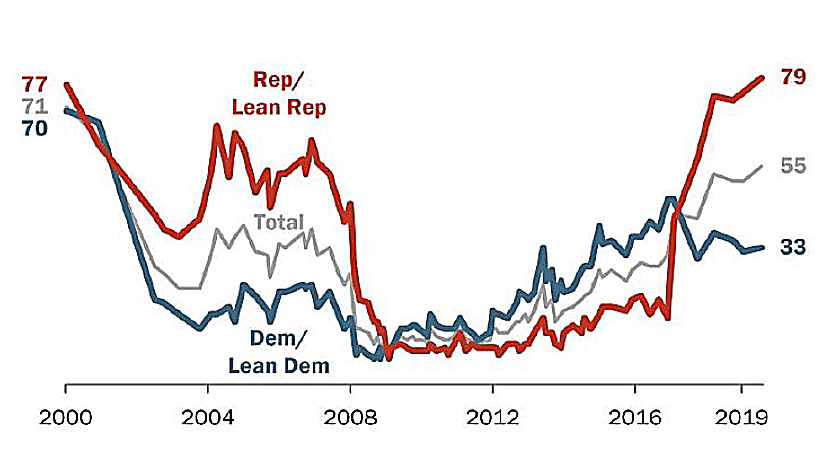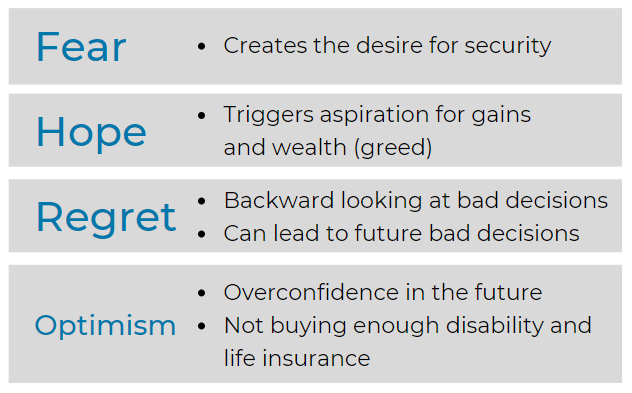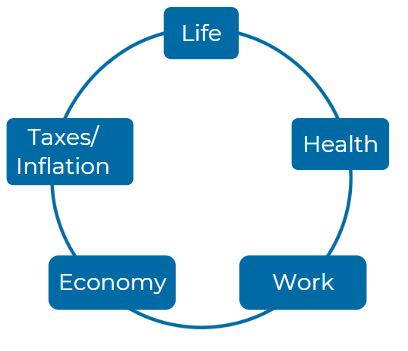Healthcare Provider Update: Healthcare Provider Information for Aetna Aetna, part of the CVS Health family, has been a key player in the Affordable Care Act (ACA) marketplace, providing health insurance plans to individuals and families. However, significant changes are on the horizon for 2026, as Aetna will exit the ACA marketplace in 17 states, impacting approximately 1 million members. This withdrawal is attributed to the company's challenges in maintaining competitiveness and providing value in a rapidly evolving healthcare landscape. Potential Healthcare Cost Increases in 2026 As the healthcare landscape shifts, substantial premium hikes are anticipated for those enrolled in ACA marketplace plans, with projections of up to 75% increases in out-of-pocket costs due to the potential loss of enhanced federal subsidies. In some states, insurers have filed for rate increases exceeding 60%, driven by surging medical costs and the expiration of premium tax credits established under the American Rescue Plan. For Aetna's former members, this change further complicates their healthcare landscape as they seek new insurance options amid heightened financial pressures. Click here to learn more
Featured Video
Articles you may find interesting:
- Corporate Employees: 8 Factors When Choosing a Mutual Fund
- Use of Escrow Accounts: Divorce
- Medicare Open Enrollment for Corporate Employees: Cost Changes in 2024!
- Stages of Retirement for Corporate Employees
- 7 Things to Consider Before Leaving Your Company
- How Are Workers Impacted by Inflation & Rising Interest Rates?
- Lump-Sum vs Annuity and Rising Interest Rates
- Internal Revenue Code Section 409A (Governing Nonqualified Deferred Compensation Plans)
- Corporate Employees: Do NOT Believe These 6 Retirement Myths!
- 401K, Social Security, Pension – How to Maximize Your Options
- Have You Looked at Your 401(k) Plan Recently?
- 11 Questions You Should Ask Yourself When Planning for Retirement
- Worst Month of Layoffs In Over a Year!
- Corporate Employees: 8 Factors When Choosing a Mutual Fund
- Use of Escrow Accounts: Divorce
- Medicare Open Enrollment for Corporate Employees: Cost Changes in 2024!
- Stages of Retirement for Corporate Employees
- 7 Things to Consider Before Leaving Your Company
- How Are Workers Impacted by Inflation & Rising Interest Rates?
- Lump-Sum vs Annuity and Rising Interest Rates
- Internal Revenue Code Section 409A (Governing Nonqualified Deferred Compensation Plans)
- Corporate Employees: Do NOT Believe These 6 Retirement Myths!
- 401K, Social Security, Pension – How to Maximize Your Options
- Have You Looked at Your 401(k) Plan Recently?
- 11 Questions You Should Ask Yourself When Planning for Retirement
- Worst Month of Layoffs In Over a Year!
U.S. Initial Jobless Claims, Per Week

Total U.S. Nonfarm Payrolls

GDP Annualized Growth Rate

During the last 75.75 years (since 1945) there have been 190 declines of 5% or greater.

Sources: Standard & Poor’s Corporation; Copyright 2020 Crandall, Pierce & Company
The Market's Reaction to a Financial Crisis
Cumulative total return of a balanced strategy: 60% stocks, 40% bonds

Indices are not available for direct investment. Their performance does not reflect the expenses associated with the management of an actual portfolio. Past performance is not a guarantee of future results. Not to be construed as investment advice. Returns of model portfolios are based on back-tested model allocation mixes designed with the benefit of hindsight and do not represent actual investment performance. See the “Balanced Strategy Disclosure and Index Descriptions” pages in the Appendix for additional information.


data-hs-cos-general-type='widget' data-hs-cos-type='module'>
Consider these five Elements:
How does Aetna Inc.'s frozen pension plan affect employees' eligibility for benefits, and what specific criteria must current employees meet to qualify for any benefits from the Retirement Plan for Employees of Aetna Inc.?
Eligibility for Benefits: Aetna Inc.'s pension plan has been frozen since January 1, 2011, meaning no new pension credits are accruing. Employees who were participants before this date remain eligible for benefits but cannot accrue additional pension credits. To qualify for benefits, participants need to have been vested, which generally occurs after three years of service(PensionSPD).
In what ways can employees at Aetna Inc. transition their pension benefits if they leave the company, and what implications does this have for their tax liabilities and retirement planning?
Transitioning Pension Benefits: If employees leave Aetna, they can opt for a lump-sum distribution or an annuity. Employees can roll over their lump-sum payments into an IRA or other tax-qualified plans to avoid immediate taxes. However, direct rollovers must follow the tax-qualified plan's rules. If not rolled over, employees are subject to immediate tax and potential penalties(PensionSPD).
What steps should an Aetna Inc. employee take if they become disabled and wish to continue receiving pension benefits, and how does the company's policy on disability impact their future retirement options?
Disability and Pension Benefits: Employees who become totally disabled and qualify for long-term disability can continue participating in the pension plan until their disability benefits cease or employment is terminated. No additional pension benefits accrue after December 31, 2010, but participation continues under the plan until employment formally ends(PensionSPD).
Can you explain the implications of the plan amendment rights that Aetna Inc. retains, particularly concerning any potential changes in the pension benefits and what this could mean for employee planning?
Plan Amendment Rights: Aetna reserves the right to amend or terminate the pension plan at any time. If the plan is terminated, participants will still receive benefits accrued up to the date of termination, protected by ERISA. Any future changes could impact employees' planning and retirement options(PensionSPD).
How does the IRS's annual contribution limits for pension plans in 2024 interact with the provisions of the Retirement Plan for Employees of Aetna Inc., and what considerations should employees keep in mind when planning their retirement contributions?
IRS Contribution Limits: The IRS sets annual contribution limits for pension plans, including defined benefit plans. In 2024, employees should ensure that their pension contributions and tax planning strategies align with these limits and the provisions of Aetna's pension plan(PensionSPD).
What are the options available to Aetna Inc. employees regarding pension benefit withdrawal, and how can they strategically choose between a lump-sum distribution versus an annuity option?
Withdrawal Options: Aetna employees can choose between a lump-sum distribution or various annuity options when withdrawing pension benefits. The lump-sum option allows for immediate access to funds, while annuities provide monthly payments over time, offering a more stable income stream(PensionSPD).
How does Aetna Inc. ensure compliance with ERISA regulations concerning the rights of employees in the retirement plan, and what resources are available for employees to understand their rights and claims procedures?
ERISA Compliance: Aetna complies with ERISA regulations, ensuring employees' rights are protected. Resources are available through the Plan Administrator and myHR, providing information on claims procedures, plan rights, and how to file appeals if necessary(PensionSPD).
What documentation should employees of Aetna Inc. be aware of when applying for their pension benefits, and how can they ensure that they maximize their benefits based on their years of service?
Documentation for Benefits: Employees should retain service records and review their benefit statements to ensure they receive the maximum pension benefits. They can request additional documents and assistance through myHR to verify their years of service and other relevant criteria(PensionSPD).
How do changes in interest rates throughout the years affect the annuity payments that employees at Aetna Inc. might receive upon retirement, and what strategies can they consider to optimize their retirement income?
Impact of Interest Rates on Annuities: Interest rates significantly affect annuity payments. Higher interest rates increase the monthly annuity amount. Employees should consider the timing of their retirement, especially at the end of the year, when interest rates for the following year are announced(PensionSPD).
If employees want to learn more about their pension options or have inquiries regarding the Retirement Plan for Employees of Aetna Inc., what are the best channels to contact the company, and what specific resources does Aetna provide for assistance?
Contact for Pension Inquiries: Employees can contact myHR at 1-888-MY-HR-CVS (1-888-694-7287), selecting the pension menu option for assistance. Aetna also provides detailed resources through the myHR website, helping employees understand their pension options and benefits(PensionSPD).




















-2.png?width=300&height=200&name=office-builing-main-lobby%20(52)-2.png)









.webp?width=300&height=200&name=office-builing-main-lobby%20(27).webp)


-2.png)









.webp)